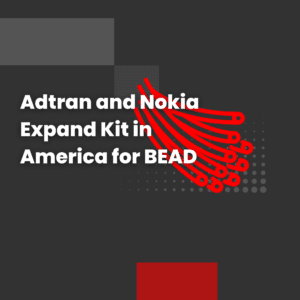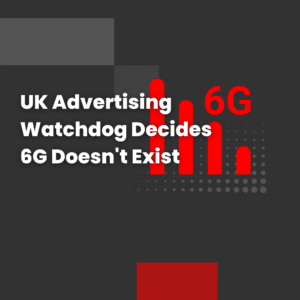Leveraging its debut 5G Advanced modem, the Snapdragon X75, Qualcomm successfully aggregated four sub-6 GHz spectrum carriers, granting a cumulative bandwidth of 300 MHz. Bolstered by 1024 quadrature amplitude modulation (QAM), the outcome was an impressive peak downlink speed of 7.5 Gbps. This achievement was attained in a controlled environment, utilizing a dedicated 5G standalone (SA) network.
Qualcomm emphasized that the deployment of 4x carrier aggregation (CA) empowers operators to efficiently repurpose their assorted spectrum holdings, while the application of 1024 QAM maximizes the data-carrying capacity of each transmission.
While a notable distinction exists between laboratory conditions and real-world scenarios, this demonstration offers an intriguing glimpse into potential developments within the next few years.
Sunil Patil, Vice President of Product Management at Qualcomm Technologies, praised the Snapdragon X75 5G Modem-RF System, highlighting its futuristic architecture primed for 5G Advanced capabilities. Patil remarked, “We look forward to continuing to work with industry leaders to power the best-in-class connectivity experiences and transform industries across consumer, enterprise and industrial use cases.”
Nevertheless, the precise nature of these forthcoming experiences for the average user remains uncertain.
Qualcomm’s official release references potential applications like video streaming, downloads, and online gaming, among others. These possibilities are anticipated to benefit from increased bandwidth, offering improved video resolutions, quicker downloads, and more immersive gaming encounters – all enhancing user experiences. However, whether these enhancements will profoundly influence consumers to invest in upgraded mobile services remains debatable, particularly until pricing aligns with existing rates.
As explored extensively in discussions surrounding 5G non-standalone (NSA), enhanced mobile broadband (eMBB) has yet to ignite significant excitement within the latest iteration of mobile network technology.
The realm of 5G Advanced, coupled with features like slicing and standalone capabilities, holds greater potential than NSA, which has prompted notable efforts from Qualcomm and similar entities.
In a recent achievement, the Telecommunications and Digital Government Regulatory Authority (TDRA) in the UAE harnessed 5G Advanced technology and a 400 MHz allocation of 6-GHz spectrum to achieve an impressive peak throughput of 10 Gbps. The regulatory body highlighted that this “cutting-edge” network technology would facilitate advanced IoT, smart cities, and metaverse services – concepts that were initially promised in the realm of standard 5G.
Expanding bandwidth not only introduces novel possibilities but also places an obligation to demonstrate their tangible value.
In the era of 3G, when mobile networks were underutilized, the quest for the elusive ‘killer app’ was pervasive, aiming to ignite public enthusiasm for mobile data and drive willingness to pay for it. While pricing and data allowances played roles, groundbreaking devices like the iPhone, with its app store and user-friendly internet access, proved pivotal – even before the iPhone was 3G-compatible.
Now in the 5G era, the industry seems poised for another transformative moment akin to the advent of the iPhone.



